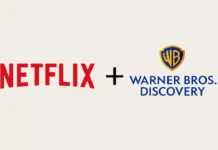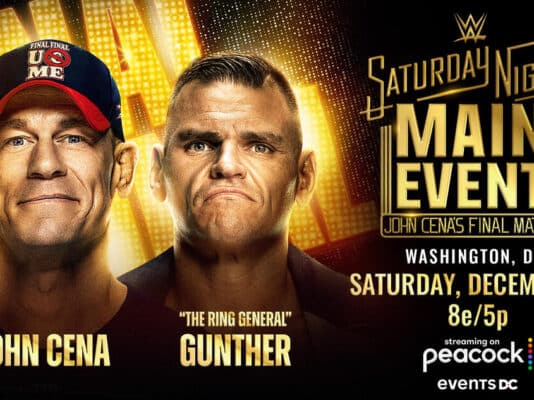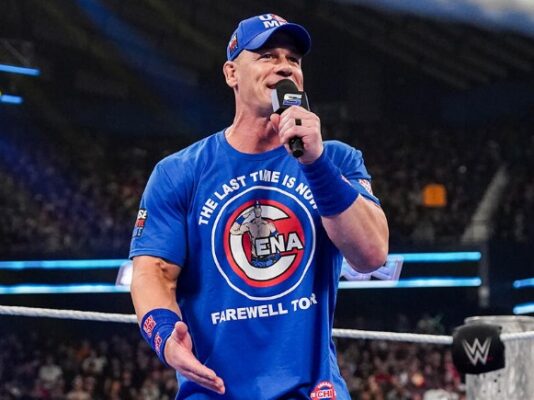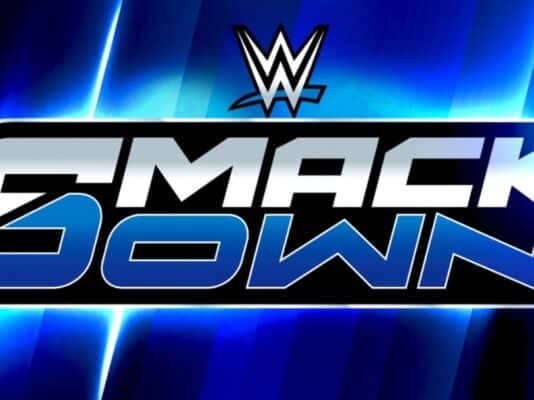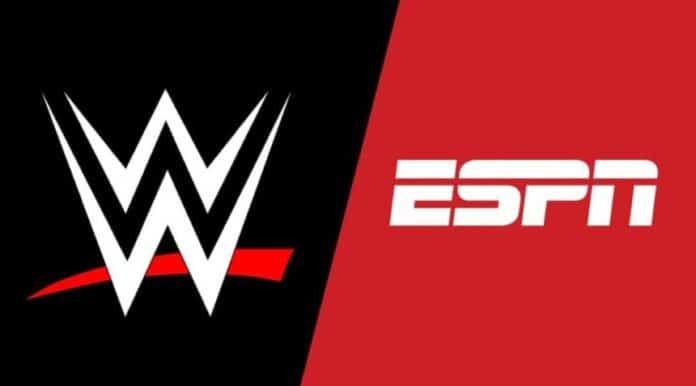
Earlier today, a blockbuster announcement was made as ESPN revealed a deal that will bring the marquee WWE premium live events, including Wrestlemania, Summer Slam, The Royal Rumble, Survivor Series, and Money in The Bank, to a new service that will launch at the start of 2026. At this point, it’s unclear if the contract, which will pay the TKO corporation a total of $1.5 billion for the five-year deal, will include the other pay-per-view events or the extensive WWE video library. Netflix, the streaming platform for Raw, will continue to have the rights to the entire WWE product internationally, but the new ESPN deal further diversifies WWE’s domestic distribution.
There are several layers of the onion, both for what this means for the pro wrestling industry and the streaming industry as a whole.
As of this writing, it was reported that ESPN’s new service will be $29.99 a month for subscribers, but those that already have access to the ESPN channels through their cable providers will have the service included so it’s technically not a step backward to fans paying for individual events the way that UFC pay-per-views are purchased through the ESPN+ platform. It remains to be seen if the new ESPN service will affect its streaming platform. Obviously, the newly-announced service that will host WWE events will distribute content as a bulk selling point, which has almost become the standard within the current media landscape so that’s another aspect that differs from the past of $30 for traditional pay-per-view. If wrestling fans would be swayed by the other content on the service remains to be seen.
The WWE announcement was made right after ESPN announced a massive deal with the NFL, putting the NFL Network, the Red Zone Channel, and other content under the ESPN banner, while the NFL will have a 10% stake in the network. How ESPN would report on the league, and more specifically, its controversies, remains to be seen. Assuming that the deal is approved by the government and goes into effect, it rumps up the footprint that ESPN will have among the sports media landscape. That’s a footprint that for a number of years was slipping, as other media, including podcasts and other networks, took a portion of the audience that wanted sports coverage. At the very least, the addition of the NFL content and the WWE events give ESPN another major selling point to those respective audiences, as well as reasserting itself as a force within the sports media landscape.
The trickle down affect is that it’s more than possible that there could be advertisements for upcoming WWE events during NFL broadcasts, and getting even a fraction of that audience to either sample WWE programming or maybe become regular viewers again, could undoubtedly have an impact on not only viewership, but also the perception of the WWE brand. That might actually be one of the bigger points of that entire scenario, the WWE brand will have more cache, both for fans and sponsors, because of its association with ESPN.
It’s ironic that there was a point in time several years ago that WWE would’ve been considered too “taboo” so to speak to be aired on ESPN since its scripted sports entertainment, but the evolution of the WWE and ESPN itself allows the deal to make sense for everyone involved. The WWE gets more mainstream exposure, particularly because, similar to the UFC deal, ESPN have a vested interest in the success of the WWE brand on its service so they will promote the organization. Keep in mind, TKO is getting paid the flat rate of $325 million per year so the amount of subscribers and thus the revenue from the new service will determine how profitable the venture will be for ESPN. Make no mistake about it, the cable channel will push the WWE events as much as possible to make sure the deal will be profitable for them.
On the flip side, this deal allows for a wider possible audience for the ESPN brand. The 18-34 male demographic will always be the cable’s main target group, but it’s well-known that the WWE audience generally skews toward either the younger audience or an older viewership of over 55 so this deal can add younger kids, more senior citizens, and potentially more of a female audience to ESPN viewership.
As much as this deal diversifies WWE’s media distribution, it can also diversify ESPN’s demographics, which could be a way for the network to compensate for the increased amount of sports coverage in the modern era. A youngster might not tune into ESPN to see if Scottie Scheffler made bail in time to tee off, but they will want to watch Jey Usos’ next pay-per-view match.
The other side of the equation is a little less optimistic, but it’s still a possibility that must be considered for this contract.
What if there isn’t enough or a demand from the WWE audience to either subscribe to another service or follow the content to another platform? We’ve heard for years about cord-cutting, and the supposed doom of traditional television, which I think has been completely blown out of proportion, as television is still the most common way to consume content. Still, there’s no doubt that there are less traditional cable subscribers now than in the past so there will be a portion of the WWE fan base that will have to decide if they want to pay $30 a month for access to WWE pay-per-views.
The question is, has there been an oversaturation of WWE content?
The argument could be made that there’s already an oversaturation of WWE programming with at least six and a half hours of original shows each week, as well as the extended pay-per-views. Summer Slam was a staggering seven and a half hours over the course of two days. Let’s not forget the new Unreal series on Netflix, and the myriad of online content, such as the WWE Vault Youtube channel. There will eventually be a tipping point where the average viewer just isn’t going to watch endless hours of pro wrestling. Considering the amount of programming already on cable and Netflix, will viewers truly want to potentially pay $30 a month for more WWE content? Granted, the new ESPN service will have various shows, but the WWE audience will decide to subscribe or not primarily based on the wrestling shows.
That being said, this deal, at least on the surface, is overwhelming positive for the WWE, particularly for the previously mentioned promotional push from ESPN throughout the next five years. It’s rather astonishing that 15 years ago that Smackdown was on the Sci-Fi channel, a secondary network, and now the WWE shows are worth literally billions of dollars. Some of that is based on the evolution of the media landscape, but the brand is definitely stronger today than it was for several years in the past. It will be very interesting to see if the WWE overplays its hand as far as trying to sell too much sizzle without enough substance as far as expensive ticket prices and potentially another cost to watch WWE content or if the new deal adds more fuel to the increased WWE popularity in recent years.
What do you think? Share your thoughts, opinions, feedback, and anything else that was raised on Twitter @PWMania and Facebook.com/PWMania.
Until next week
-Jim LaMotta
Email [email protected] | You can follow me on Instagram, Facebook, & Threads @jimlamotta89


